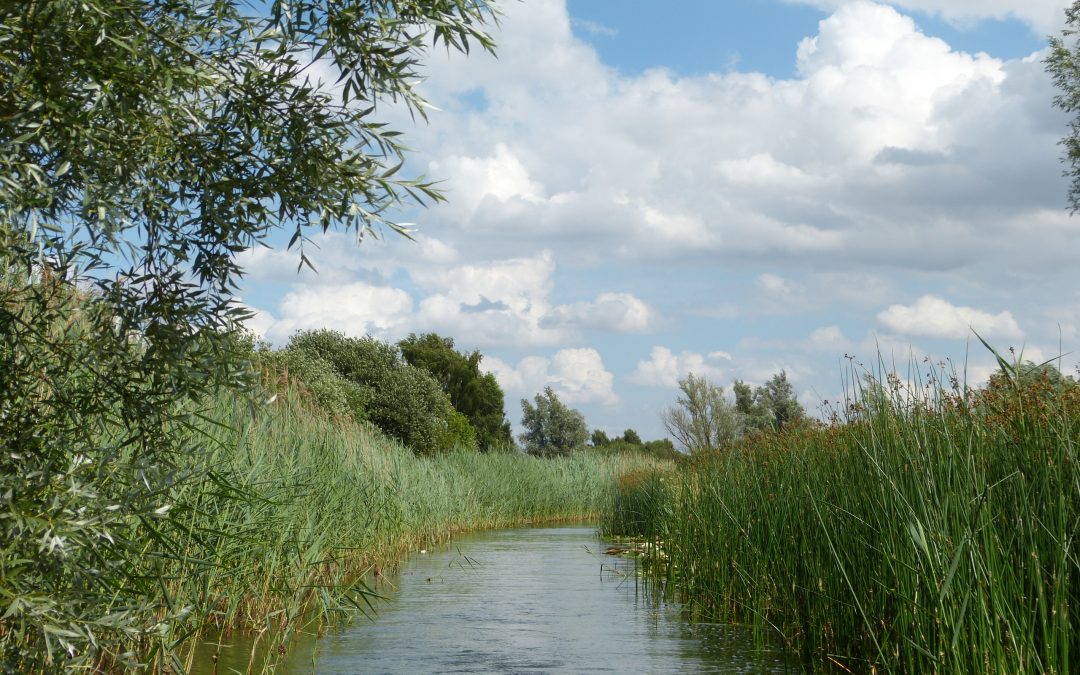
Places to visit: Wicken Fen
Places to visit: Wicken Fen

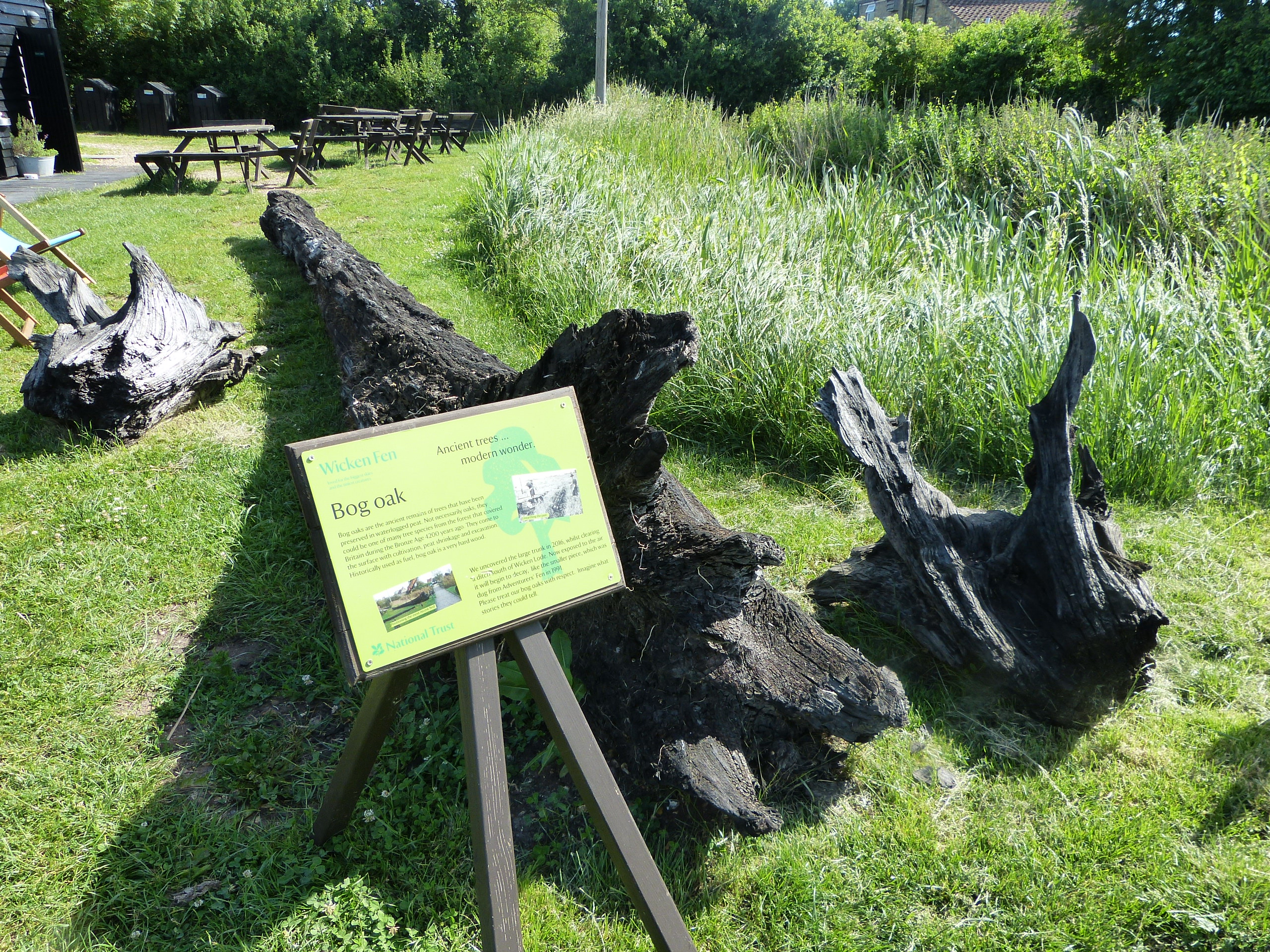










The Great Fen is a 50-year project to create a huge wetland area. One of the largest restoration projects of its type in Europe, the landscape of the fens between Peterborough and Huntingdon is being transformed for the benefit both of wildlife and of people.
The plan is to create an enveloping landscape of 3,700 hectares around the existing National Nature Reserves. By buying and restoring farmland, they will be joined together and greatly enlarged, recreating a range of wetland features with unprecedented conservation benefits for wildlife. As well as providing a haven for fen wildlife, the Great Fen will create a massive green space for people, opening new opportunities for recreation, education and business. It will incorporate areas where winter flood waters can be stored and will prevent the release of huge amounts of carbon dioxide each year.
To date, some 55.5% of the required land has been aquired by the project, although some of this may remain in arable production for some years to come. With local farmers, the project team is working on the land to establish pasture which is grazed and cut for hay – the first steps towards establishing the new wetland. Trails and signs are being established and plans for a visitor centre have begun. Events, activities, volunteering and training opportunities are already involving many local people.
The Great Fen contains important geological features including the lake bed of the former Whittlesey and Trundle Meres (lacustrine deposits), significant deep, peat deposits (the deepest in the fenland) including acidic raised bog remnants, marine (tidal flat) silts, roddons (ancient channel deposits) and underlying ice age gravels and Oxford Clay (see maps below). There are also significant landscape and historic features such as the Holme Fen posts, the old course of the River Nene, Monk’s lode, limestone blocks lost whilst being transported across the fenland from Barnack to build one of the important fen edge religious buildings,and an area containing the lowest point in the Cambridgeshire fenland.
The Great Fen is a detour off the Fen Edge Trail walks from Yaxley to Sawtry and from Sawtry to Ramsey. There is also a very good view of the northern part of the Great Fen from the Fen View Heritage Centre on the Peterborough to Yaxley walks.
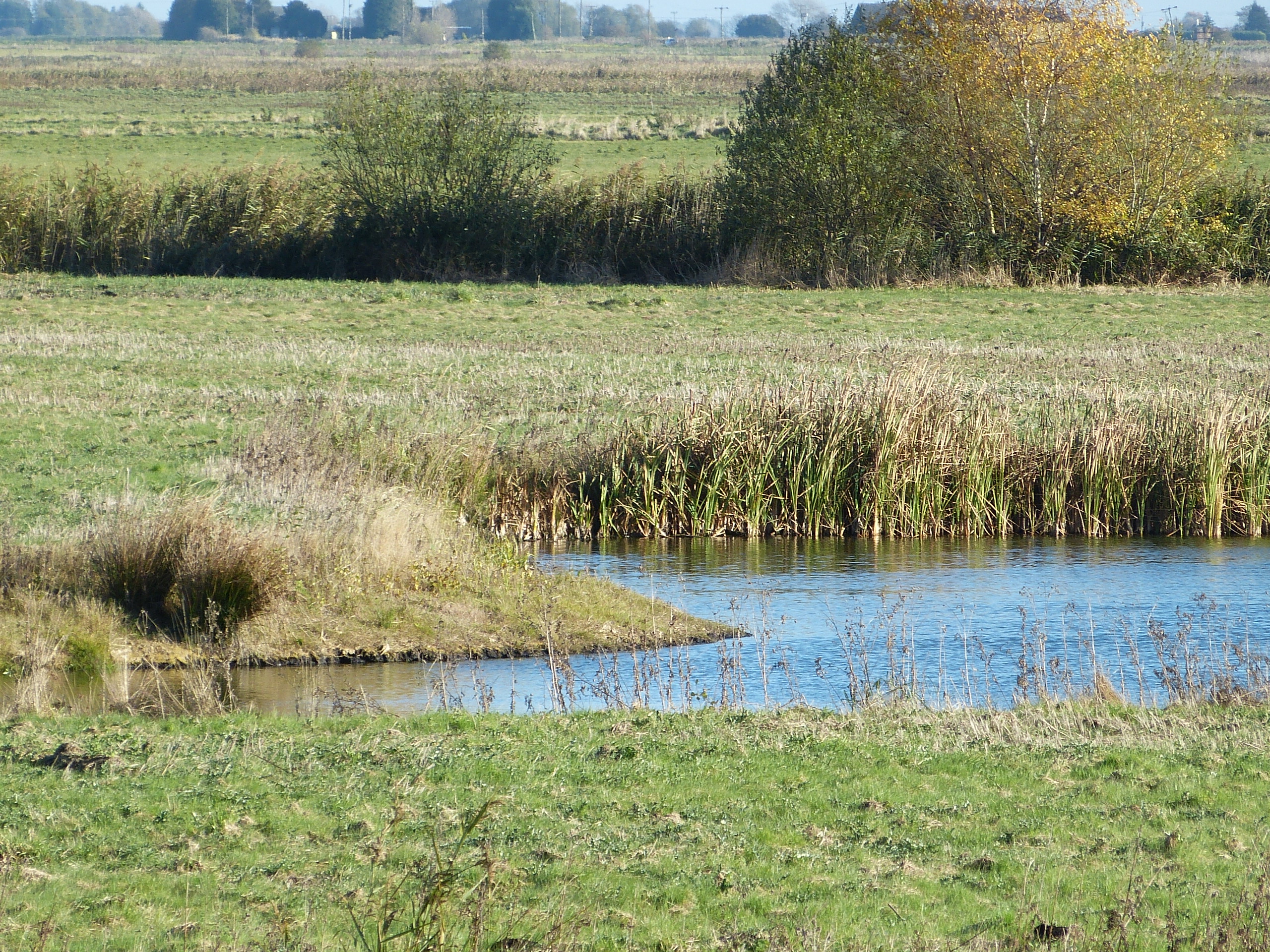
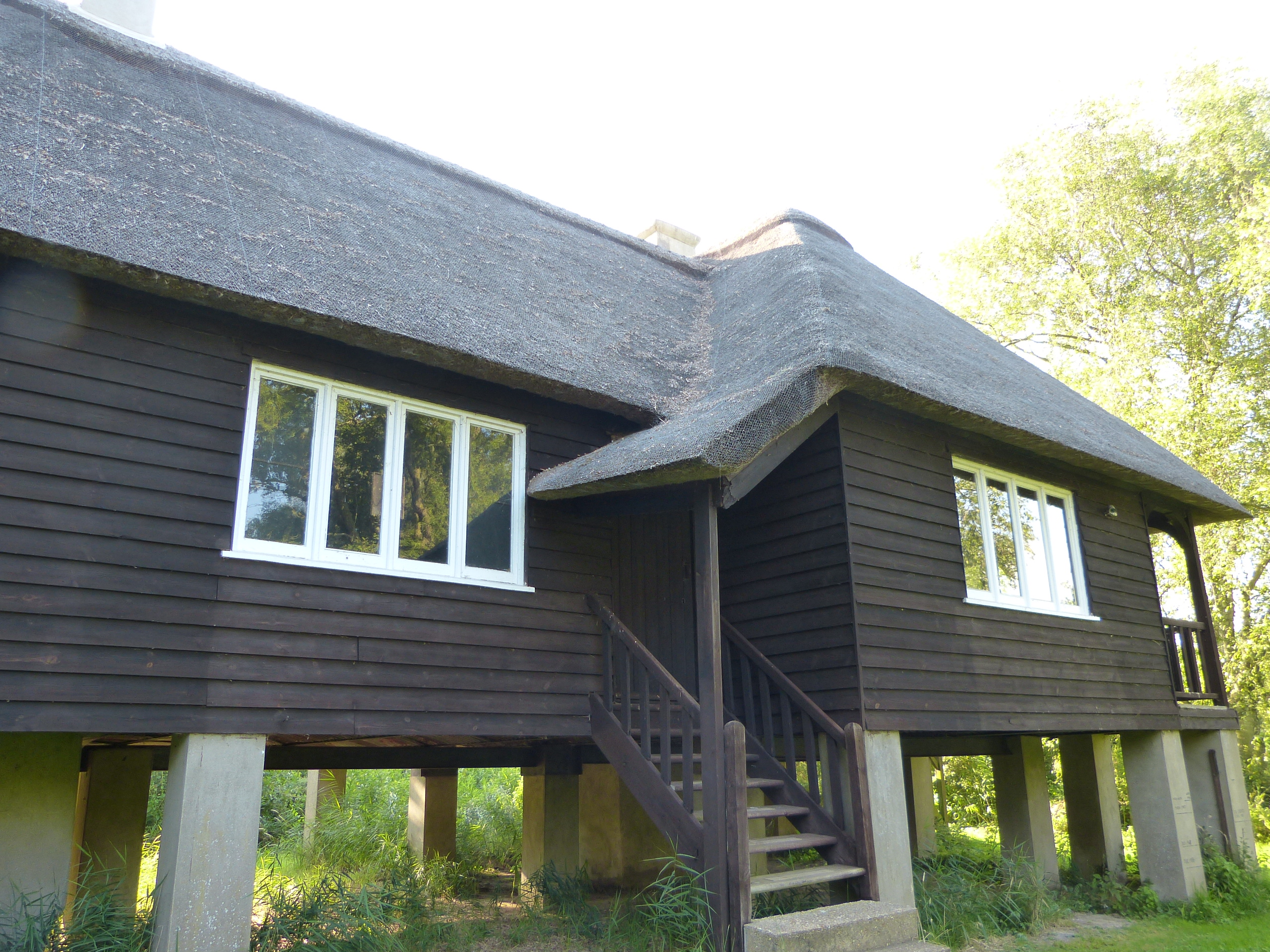

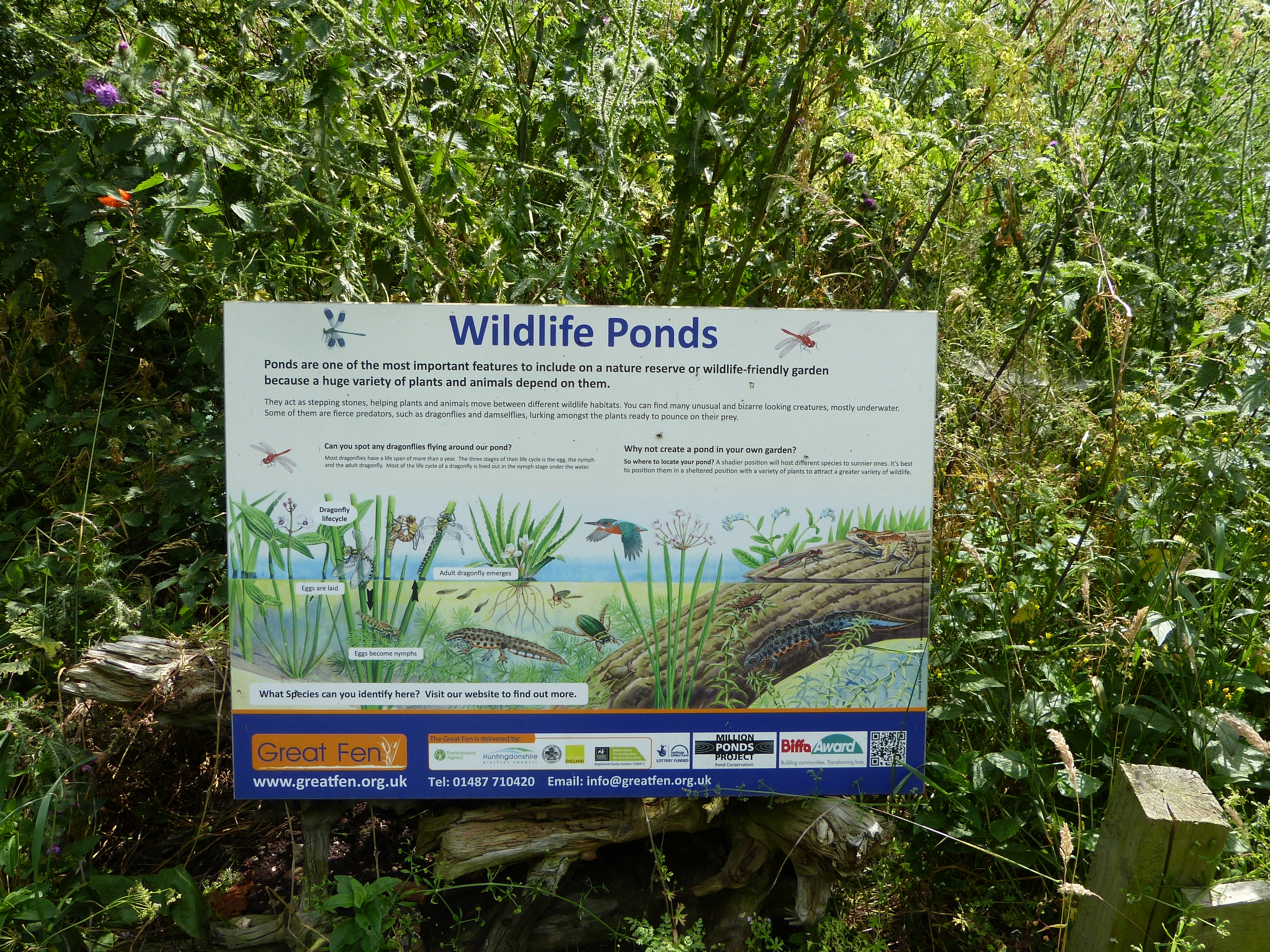













Visit some of Cambridgeshire’s museums to see many of the exciting fossils that have been found locally – from shark’s teeth and ammonites to the skeletons of some of the world’s largest marine reptiles. Peterborough Museum, (Priestgate, Peterborough) has a collection that includes world-famous fossils from the Jurassic seas. It also has an excellent Ice Age display describing the human occupation of the area as well as the animal fossils that have been found.




The Sedgwick Museum of Earth Sciences in Cambridge is world famous for its collections including an exceptional collection of building stones (appointment needed to view). It, also, has a new display featuring the Ice Age – with some wonderful fossils such as the ‘Barrington Hippo’.








Recent Comments